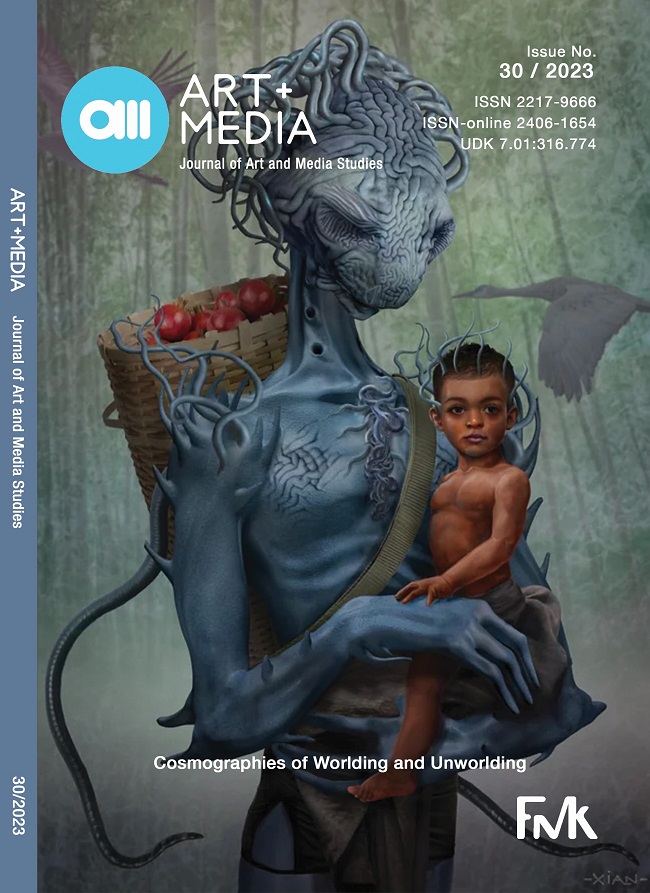Not Graffiti, but Style-Writing: The (Un)Worlding of New York’s Street Networks, and the (Re)Worlding of the Three Train Yard
Not Graffiti, but Style-Writing: The (Un)Worlding of New York’s Street Networks, and the (Re)Worlding of the Three Train Yard
Author(s): Abram CoetseeSubject(s): Theatre, Dance, Performing Arts, Visual Arts, Aesthetics, Contemporary Philosophy
Published by: Fakultet za medije i komunikacije - Univerzitet Singidunum
Keywords: Style Writing; Graffiti; New York City; Phase 2; Skeme
Summary/Abstract: How might a city know its people? And, how might people know their city, as theirself or as their other? Each numerical edifice of course erases the knowability of some, to renderthe knowability of others. This essay examines the long-term effects of mid-century developmentstrategies in New York City, specifically the ways in which urban planners used forcedrelocation practices, and the ways in which these practices led to urban decay. Here we willsee that the city’s strategic, and often disingenuous, use of data led to the disappearance of cityinhabitants from the city’s archives. With these strategies in mind, this essay outlines the waysin which city governance procedures functioned in aesthetic terms, rendering the city’s gridas an ethereal medium ready for remaking. These development practices led to a catastrophicdecay of social networks. Most notably perhaps, we find the disappearance and reappearanceof entire city streets from both the physical reality of urban space and also the archives of thecity, here the metropolitan government lost control of that grid when urban decay encroachedtoo strongly. We find that world and map-making succumb to their own discontents, as thesource of that urban decay can be seen to be sourced from the urban development practices.Yet, for all these de-worldings and decays, the life of New York emerges, this time from thesubway tunnels neglected by the metropolitan government. The artist Phase II teaches us thatthe word “graffiti” is the wrong word for the aesthetics that animated the world of the street’sgrid, and transformed the possible use of the subway, to now serve as a communication device,rather than only one of transportation. This aesthetics was not a deleterious scrawl,but self-identified by the artists as “Style-Writing”. We will see that the subway network infact functioned as an opportunity for young people to grow robust cultural connections, connectionswhich often crossed the segregating boundaries established by mid-century urbandevelopment. Quite different from the perception of subway art as a signal of the city’s vicissitudes,here we find that Style-Writing became a key tool for the social efforts of young peopleseeking to reconstruct an urban world. Specifically, we will turn to the work of Skeme and hisartist crews, such as the Three Yard Boys, at Lenox subway station.
Journal: AM Časopis za studije umetnosti i medija
- Issue Year: 2023
- Issue No: 30
- Page Range: 53-82
- Page Count: 30
- Language: English

